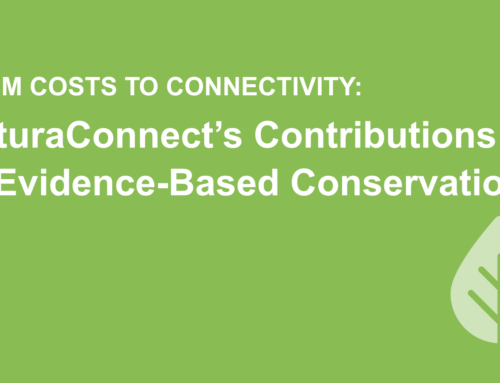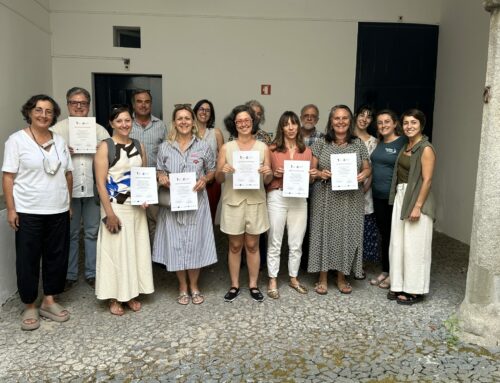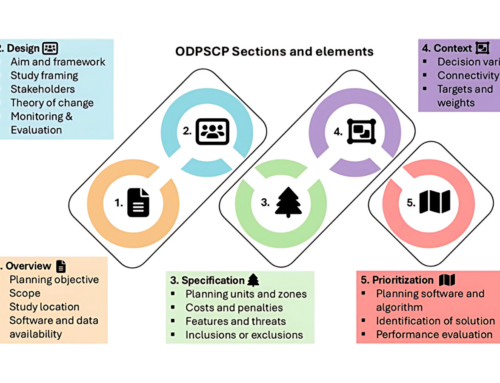Shaping the future of Biosphere Reserves through Connectivity and Conservation. Highlights from EuroMAB 2024
From 3 – 7 of June, a postdoctoral researcher at iDiv, Jeremy Dertien, represented the NaturaConnect Consortium at EuroMAB 2024 – the biennial conference for stakeholders from over 300 UNESCO Biosphere Reserves in Europe and North America.
The conference allows practitioners, policymakers, administrators and scientists from across the European Man and the Biosphere Programme (MAB) network to meet, exchange ideas and promote the conservation and sustainability mission of biosphere reserves.
This year’s conference was hosted in Wittenberg, Germany by the German MAB National Committee and the Elbe River Landscape Biosphere Reserve and was joined by over 200 participants.
Biosphere reserves are unique international designations, each made up of three concentric zones, a strictly protected inner-core area, a buffer area that allows more human presence and actions, and a larger transition zone where people live, work and interact with the environment. They can vary in their actual level of protection; however, their uniqueness allows them to act as living laboratories for the implementation of different conservation actions that recognize the presence of people as a part of the environmental landscape.
For connectivity, biosphere reserves can act as cores of protection as well as important corridors connecting other protected areas.
The growing interest in connectivity conservation and in Other Effective Conservation Measures (OECMs) has once again highlighted biosphere reserves as a potential option for meeting the goals of the EU Biodiversity Strategy and promoting global conservation.

Photo: Katie Darr - CABN
During his attendance, Jeremy participated in a plenary panel discussion on climate change and biosphere reserves as a joint representative of NaturaConnect and the U.S. delegation.
“The panel was a nice moment to discuss the social and ecological challenges ahead as well as give examples of projects, such as NaturaConnect, that offer hope and solutions for the future,” Jeremy said.
In addition, he co-taught a half-day workshop on ecological connectivity with Dr. Ancuta Fedorca, senior researcher at INCDS Marin Dracea (Romania), and Dr. Annika Keeley, senior conservation scientist at the Center for Large Landscape Conservation (USA) and co-author of the IUCN guidelines on connectivity conservation. The workshop introduced the 10 participants from 6 different countries:
- to the basics of connectivity conservation
- to the IUCN guidelines on connectivity conservation
- and to the recently released NaturaConnect guidelines on connectivity planning in Europe.
Additionally, the workshop presented case studies highlighting large carnivore connectivity in the Carpathian Mountains and collaborative conservation planning with indigenous communities in British Columbia, Canada.
It was a great opportunity to exchange with other professionals in nature conservation, and for NaturaConnect to contribute to this event.
“The workshop went very well and was attended by a wide swath of experiences from new graduate students to national-level protected areas administrators. It motivated a genuine discussion about the importance of planning for ecological connectivity and some of the difficulties faced in implementing those plans. It was also meaningful since we were able to craft a section on ecological connectivity for the EuroMAB 2024 message to the decennial World Congress of Biosphere Reserves held next year.”




